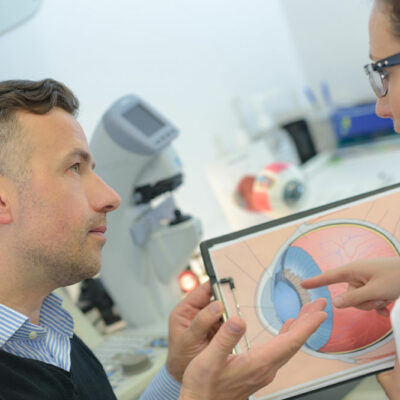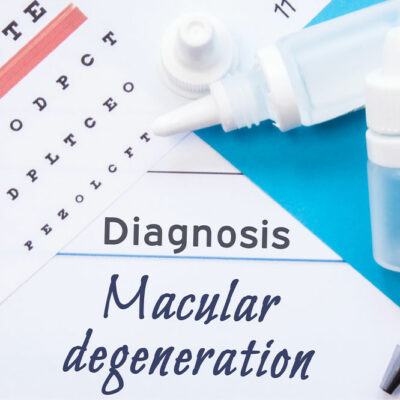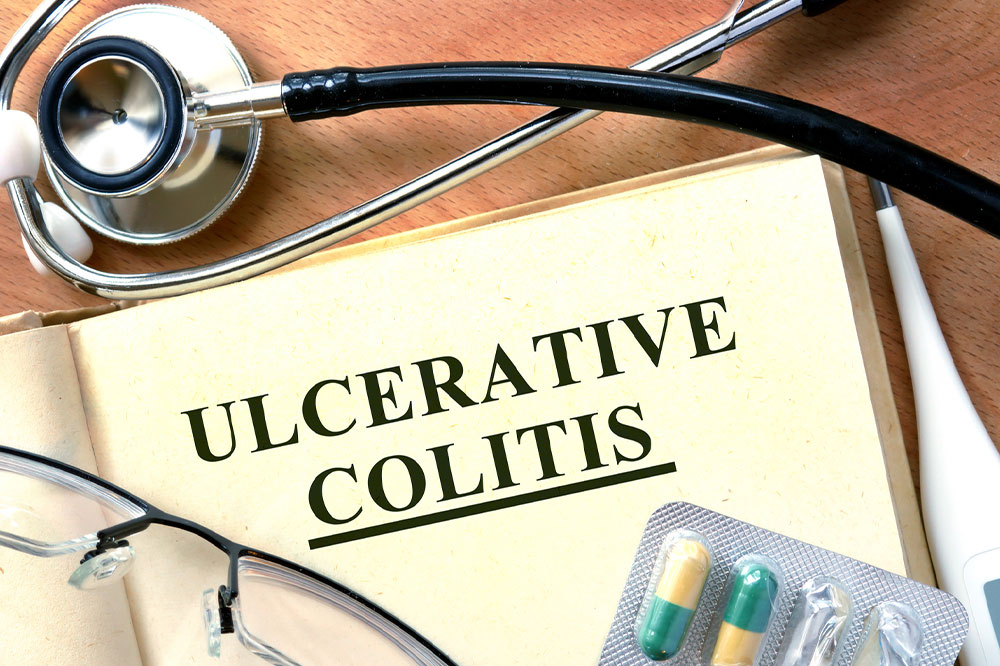12 common signs of infectious diseases

Infectious diseases are health problems caused by pathogens like parasites, fungi, viruses, and bacteria. Under most circumstances, having some of these organisms living in the body is normal and healthy, as they play a crucial role in certain processes, such as digestion. But in some cases, some of these pathogens will cause infections. The symptoms will differ depending on the type of pathogen causing the infection. However, a few signs are common across most infectious diseases.
Here are some of them to watch out for:
1. Headaches
Infections caused by viruses often trigger headaches. This symptom arises due to the inflammation, swelling, and liquid buildup in the nose and sinuses caused by the infection. Thus, one may experience persistent or severe headaches.
2. Fever
One of the earliest signs of most infectious diseases is feeling feverish. There is a sudden rise in body temperature, which leads to a certain level of discomfort. This happens because the immune system is activated to fight the infection. As the number of white blood cells increases in the body, the overall temperature starts to rise. While fevers can occur due to various factors, high-grade or persistent fever may indicate an underlying infection.
3. Chills and sweating
These signs of infectious diseases often precede the feverish symptoms; before the body temperature rises, one may suddenly feel cold chills followed by sweating. After some time, fever develops, indicating a potential infection in the body.
4. Upper respiratory symptoms
Several infectious diseases can cause symptoms in the upper respiratory tract. The upper respiratory tract is affected by some of the most common types of viral infections. As a result, there can be sore throat, persistent coughing, sneezing, and nasal congestion. In some cases, ear and sinus infections may also occur. Furthermore, if the infection is not treated on time, it can cause inflammation in the upper respiratory tract. In the worst scenarios, this can lead to sepsis in the lungs.
5. Swollen glands
Infections such as mononucleosis or certain bacterial infections may cause the lymph nodes or glands to swell up. This happens because there is an increased number of white blood cells released by the immune system to fight off the infection. Over time, these cells pile up, leading to swelling and pressure buildup. As a result, in most cases, the lymph nodes closer to the infection site will swell up. For example, if one has strep throat, the lymph nodes in the neck will swell up.
6. Fatigue
One may feel fatigued due to several reasons. These may range from stress, physical exertion, and lifestyle issues. However, an underlying infection may also cause a person to feel drained. This tiredness does not go away even after sufficient rest. This fatigue generally results as the body fights off the infection-causing pathogens.
7. Confusion or brain fog
These symptoms occur only in the cases of severe infections. Furthermore, if the underlying infection affects the nervous system or the brain cells, one may experience confusion, disorientation, altered mental states, moodiness, and brain fog. This lowers productivity levels and often hinders one’s ability to do daily activities.
8. Muscle and body pain
In most cases, viral and bacterial infections cause pain in the muscles. There can be a persistent body ache. The intensity of the pain can range from mild to severe. This usually happens when the infection has caused inflammation in different body muscles. The inflammation results from the immune system releasing white blood cells to fight off the infection. The harder the body works to fight off the infection, the higher the degree of the pain; thus, the intensity of the pain can range from mild to severe.
9. Gastrointestinal problems
Some people also experience gastrointestinal symptoms due to infections. There might be frequent diarrhea, vomiting, feelings of nausea, and stomach cramps. These symptoms are often the result of parasitic or bacterial infections. Sometimes, constipation may occur instead of diarrhea when a person has viral infections such as chicken pox or herpes simplex virus. If the stomach lining gets inflamed due to the infection, it often leads to gastroenteritis. Due to this, the stool becomes dark and tarry with the presence of blood or pus.
10. Dehydration
This results from the other signs of infectious diseases. For instance, the constant vomiting and diarrhea accompanied by fever will drain out most of the fluids from the body. As a result, one will feel dehydrated pretty quickly.
11. Skin problems
Another notable common sign of infectious diseases is issues in the skin. Infections such as HPV and herpes simplex viral infections usually trigger skin problems. Also, chickenpox, Lyme disease, or measles can cause skin problems. As a result, rashes, blisters, sores, and warts might develop. Some of these signs will start appearing in different body areas. Sometimes, the site of these rashes and sores is where the infection started. In such cases, the infection is contagious. It can spread if another person comes in contact with the infected area.
12. Eye redness or discharge
Infections such as conjunctivitis or pink eye, seasonal flu, and common cold can trigger eye symptoms. Thus, the eye may become red, and one may experience a persistent ache and pain in the eyes. Sometimes, the eyes also become sensitive to light. There might be itching and discharge coming out of the eyes.
















